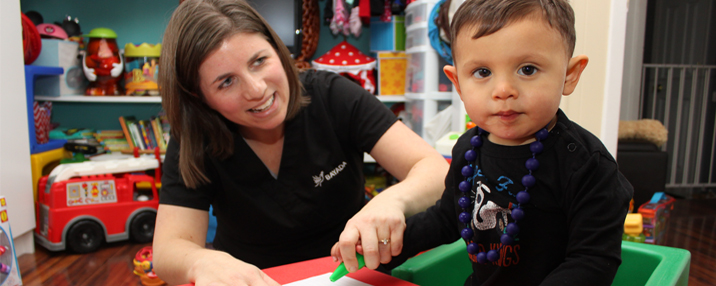
Despite 30 years of research that demonstrate assistive technology’s extraordinary ability to help children learn and develop, its chronic underuse by early intervention and preschool special education professionals in their work with families led CDS to intervene. The Center’s receipt of federal model demonstration funding allowed it to create the following resources that describe AT’s fundamentals, AT’s potential and ways to document AT’s use.
For beginners
Myth Buster provides the fundamentals of early childhood assistive technology services.
This four-page booklet contains basic information for anyone who wants to be an AT champion for a child with a disability. The booklet includes QR codes linking to a variety of resources, some universal and some specific to resources available in Delaware.
Advanced offerings
An early childhood AT white paper addresses the gamut of assistive technology items available for young children. Review it here.
The early childhood segment of Assistive Technology Research to Practice Bridge – Technology Solutions for Early Childhood from the Center on Technology and Disability reinforces the importance of assistive technology as a bridge between a child’s abilities and an adult’s expectations. Review it here.
To assess your own assistive technology practices complete a Practice Profile of the nine critical components that are important for everyone involved to successfully support a child’s assistive technology journey.
Documenting AT
The early childhood Routines and Activities approach and surveys are used to identify where assistive technology may be immediately useful.
The PEAT’s Suite is a child-specific assistive technology customizable planning guide. Review it here.
The All About Me and My AT resources visually captures a child’s assistive technology chronology.
Profiling Early Childhood AT
CDS profiled how assistive technology supports young children’s access to daily routines and activities. To see how small things can make a big difference for a young child with a disability, read the profiles found in CDS’s 2013-2014 and 2015-2016 Annual Reports.
